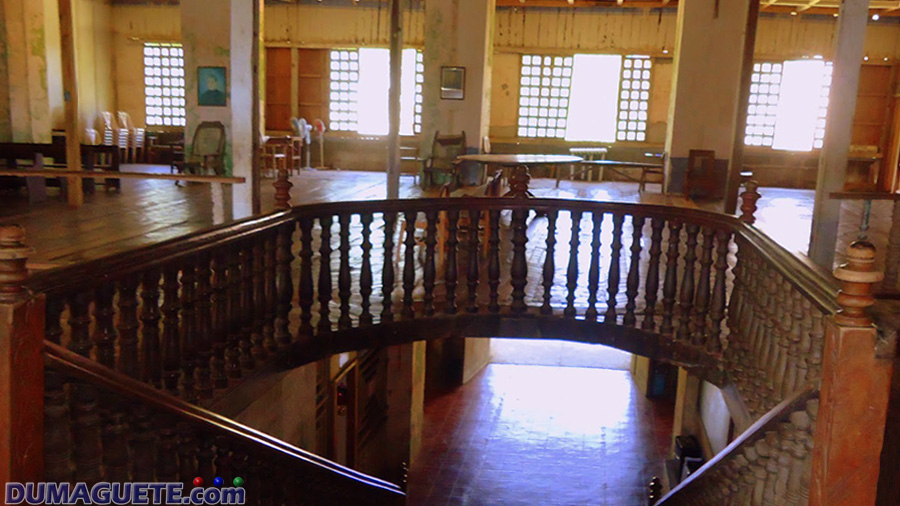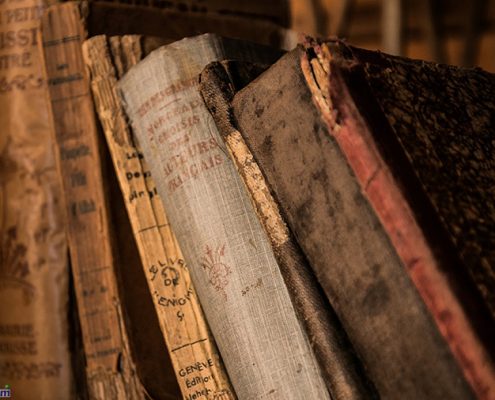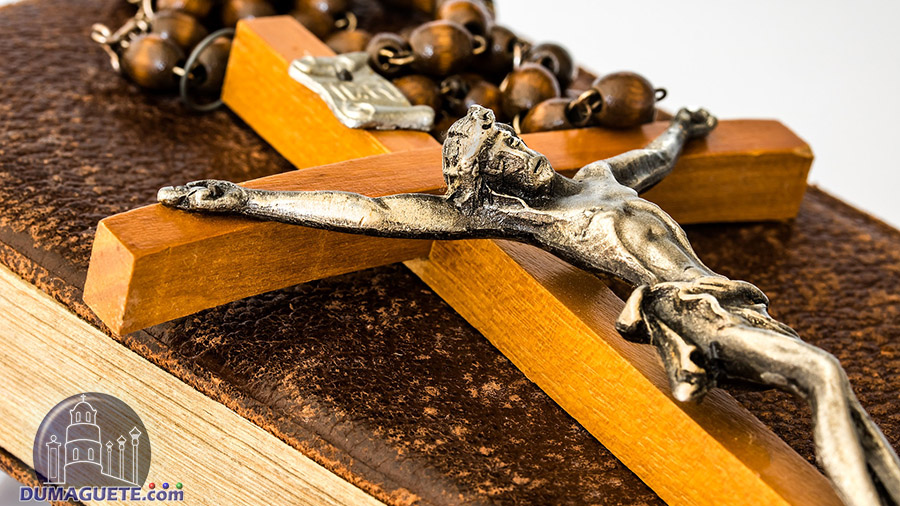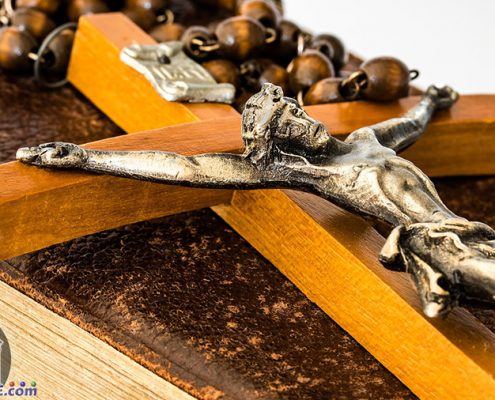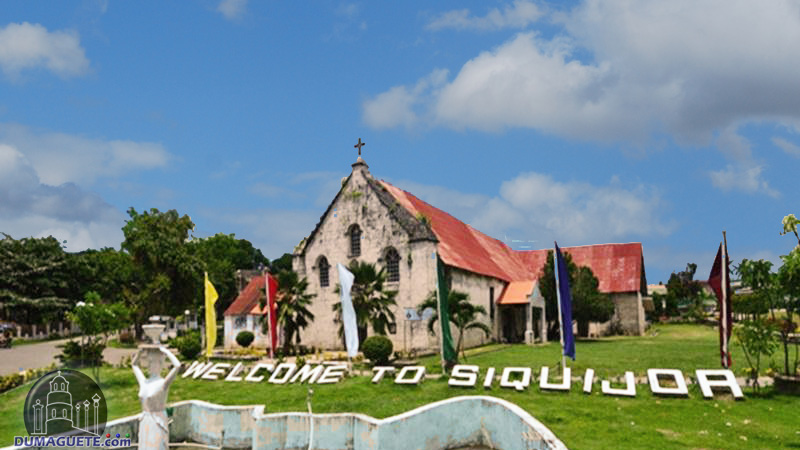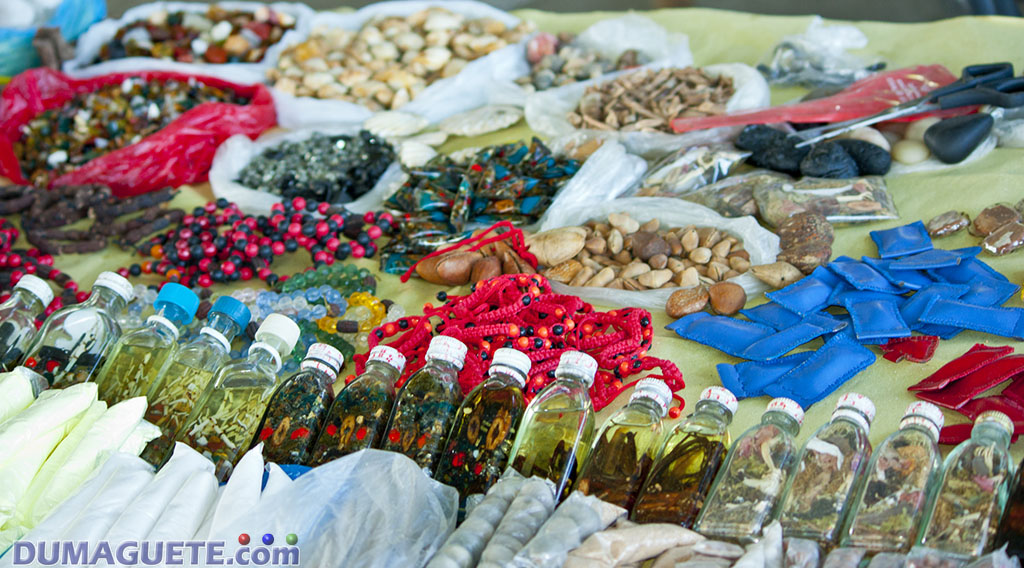Lazi Convent in Siquijor
Siquijor Heritage Museum- Philippines
The Lazi Convent is located in the town of Lazi, southern edge of Siquijor. The Lazi Convent, along with the San Isidro Labrador Church, plays an important role in the religious and historical beliefs to the people in Siquijor.
About Lazi Convent
The convent was built under the supervision of an Augustinian Recollect Ministry named Father Toribio Sánchez back in 1884. The ground floor of the convent is made of coral stones while the second floor is made of hard wood with a timber and iron framework. Measuring to 42 meters by 38 meters, the Lazi Convent is said to be the biggest and the oldest convent in Asia. The construction was completed in 1891.
The ground floor of the Lazi convent is made of stone corals due to the popular “Bahay na Bato” (House of Stone) structures in the Spanish colonial era. Unlike native nipa huts, Spaniards introduced the typical noble houses with open ventilation and elevated sections. Parts of the convention were destroyed and removed, however, the main structure remains the same.
The Lazi Convent is also the home of the Siquijor Heritage Museum, where religious artifacts and historical items are kept. Artifacts includes: old friar’s diary, carved wood of saints, bells, robes, mass instruments and other 19th century items.
Up to this day, the convent stands next to the San Isidro Labrador Church to actively celebrate masses. After a mass, some priest would tour some visitors around the convent. The Lazi Convent in Siquijor was restored recently in June 2017 under the head of National Historical Commission in their project of preserving historical and heritage sites around the Philippines.


